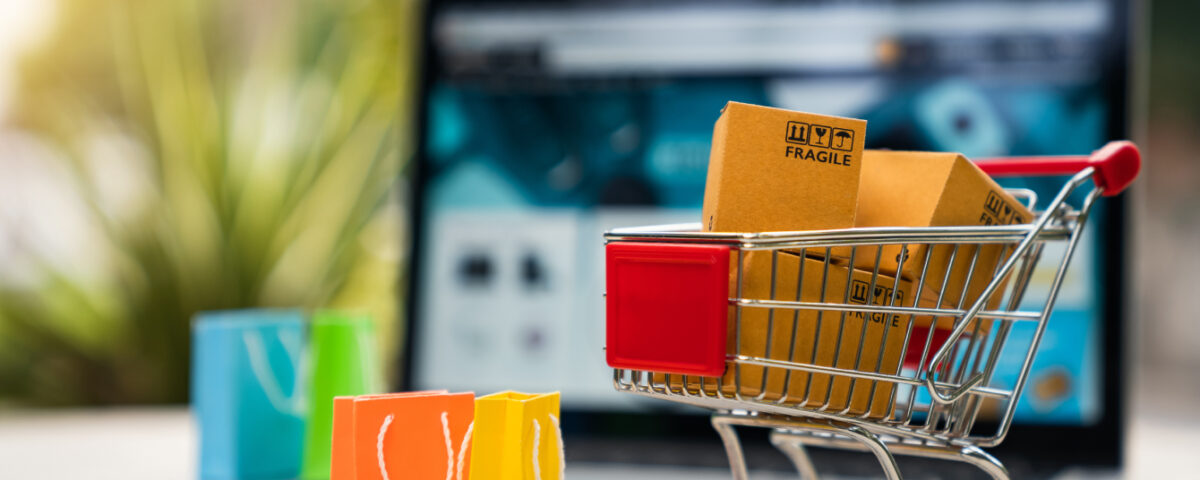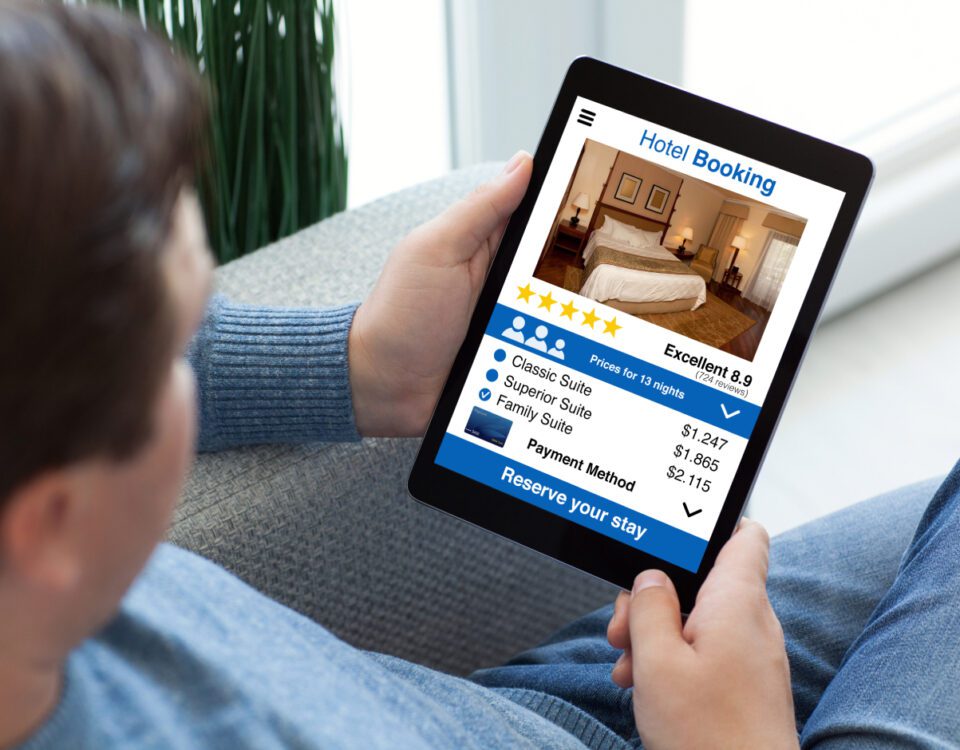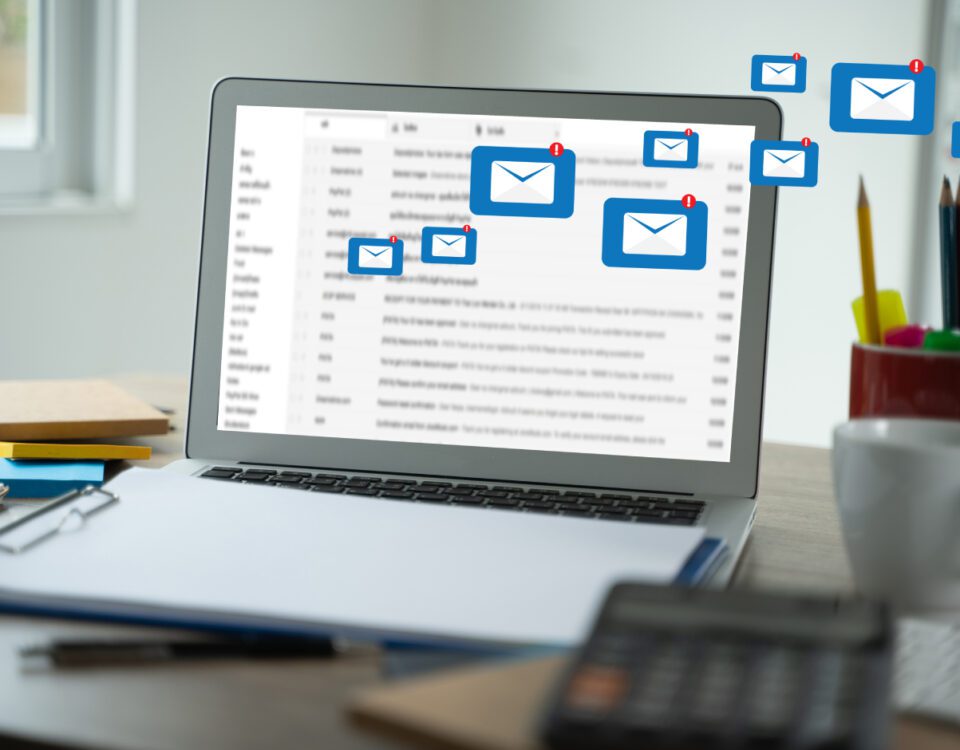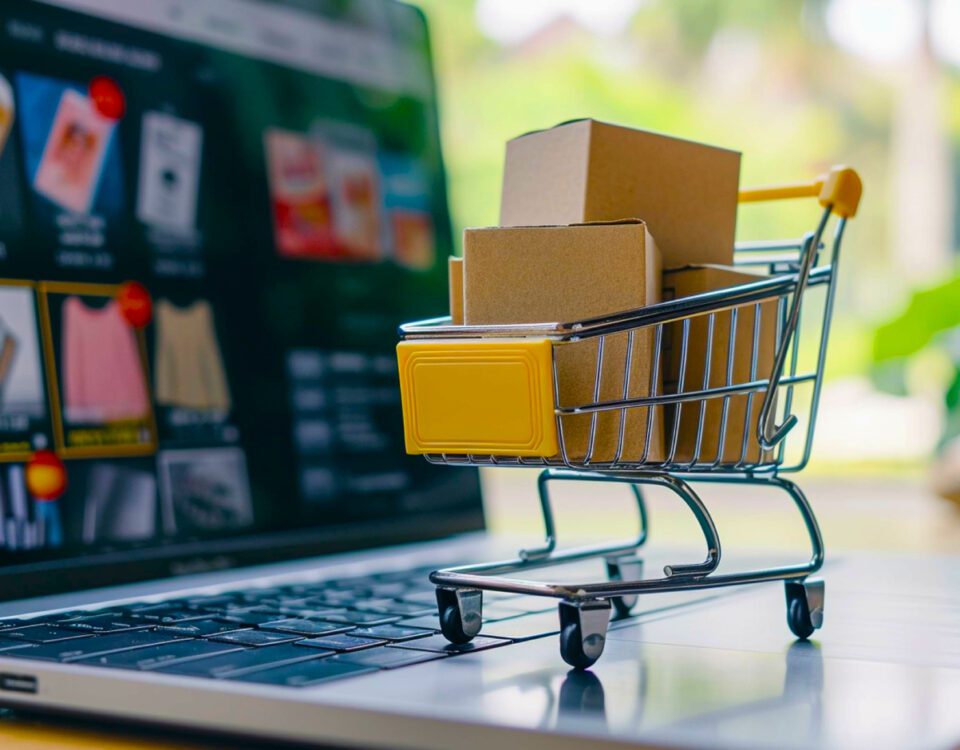Share
Although the terms are often used interchangeably, the buyer’s journey and the customer journey are slightly different concepts, applying to two separate stages of the purchasing process. The buyer’s journey refers to the steps taken by a prospective customer when they first discover your brand and make the decision to buy your product or service, whereas the customer journey refers to the relationship your existing customers have with your brand - and the actions they take after having made their first purchase. In other words, the buyer’s journey is all about initial attraction and awareness, while the customer journey focuses on retention and loyalty. Together, they form the customer lifecycle.
As a business owner or brand marketer, it’s important to understand the difference between these two processes so that you can create tailored campaigns and deliver the right messages to people at the right time. Let’s take a look at the steps involved in each journey and find out why they should both be considered within your digital strategy.
The 3 Stages of the Buyer’s Journey
1. Awareness
The buyer’s journey begins when a person identifies a need for a specific product or service, so they start conducting research and looking for options to solve the problem at hand. At this stage, you need to promote your brand in a positive and informative way so that the person becomes aware of its existence and what it offers.
2. Consideration
Next, the customer has to choose between the different options they have discovered, in order to find out which one best fits their needs/wants. They will analyse your brand and its offerings to determine its suitability, so this is where you need to start establishing trust and building a relationship.
3. Decision
Now the customer has weighed up all of their options and is ready to make a purchase, so it’s important to show why your brand is better than its competitors, and begin to encourage a conversion.
Why is the Buyer’s Journey Important?
For brand marketers, understanding the buyer’s journey will give you the tools you need to bring newcomers on board - whether that’s through organic social media content, personalised emails or targeted ads. Each stage comes with different requirements and pain points, so having a good grasp of this process will help you move prospects through the sales funnel seamlessly. By mapping the buyers’ journey, you’ll be able to understand the steps customers go through to select a product/service, meaning you can solve their problems more efficiently by serving them the right information.
First-time buyers usually need a guide to aid their decision making, so during these initial stages you should make sure you are present, welcoming and attentive. On average, brands have just 7 seconds to make their first impression, so it’s vital to come across well from the get-go and ensure your message is clear.
Plus, it generally takes 8 touchpoints to close a sale, which confirms the necessity of being available on a variety of platforms. By integrating your marketing efforts across multiple channels, you can collect valuable data and insights that show:
• How and where someone turned from a lead into a customer
• Which platforms are most commonly used at each stage of the journey
• Which of your channels aren’t producing conversions, meaning you can either remove them from your strategy or work on improving them
During the research stage, prospects are also highly likely to read reviews from your existing and previous customers. Not only that, but 96% of them read brands’ review responses too, so monitoring and replying to your incoming feedback should be a priority if you want your business to be perceived positively online.
The 4 Stages of the Customer’s Journey
Once a prospect has gone through the 3 stages of the buyer’s journey and has become a customer, it’s time for them to enter the next part of their experience with your brand - the customer journey. This begins as soon as they make a purchase.
1. Purchase/Onboarding
As the name suggests, this is when the customer chooses your brand and, depending on the nature of your product/service, either makes a purchase or signs up. If applicable, you should provide clear instructions on how to use your product/service correctly so that the onboarding process is as straightforward as possible. This is especially true for digital products, such as computer software and apps, and brands in the B2B industry.
2. Usage
Now the customer has access to your product/service, they will start using it and evaluating what they like and dislike about it. At this stage, it’s crucial to provide excellent customer service and to be attentive to your customers’ enquiries, answering questions promptly both online (such as social media messages and live chat requests) and in person (such as inside your store or restaurant).
3. Loyalty/Renewal
Great news - the customer has decided that they like your product/service enough to buy it again or renew their contract! This is a good time to introduce reward schemes and other loyalty incentives that will help prevent churn, which is when a customer decides to stop using your brand. You can learn more about customer retention and churn prevention in our previous blog post.
4. Advocacy/Referral
Some satisfied customers may even go a step further and recommend your brand to their friends, family and/or colleagues, which means they have become an advocate. Just like with loyalty programs, you can introduce advocacy incentives at this stage, such as a discount off their next purchase if they refer your brand to a specified number of people. Recommendations can also come in the form of reviews on platforms like Google and Tripadvisor, which is why it’s necessary to carry out regular Review Management to ensure you’re acknowledging all of your incoming customer feedback.
Why is the Customer Journey Important?
Paying attention to the customer journey is important because neglecting customers once they’ve chosen your brand can quickly cause them to change their minds about making a second purchase, and may deter them from wanting to stick around. In fact, 86% of people say they’re more likely to stay loyal to a business if it invests in onboarding content that welcomes and educates them after they’ve bought a product - and 63% of customers agree that the level of support they’re likely to receive from a brand post-sale is an important consideration in whether they make a purchase in the first place.
Because of this, you need to ensure that you’re making the boarding transition as hassle-free as possible and providing customers with reassurance that you genuinely care about them - instead of simply ignoring them once you’ve taken their hard-earned money.
Understanding the customer journey is also crucial for boosting your CRR (Customer Retention Rate). Just a 5% increase in customer retention can result in a 25–29% increase in revenue, and repeat customers have been measured to spend an average of 67% more than newcomers.
Similarly, when it comes to loyalty schemes and incentives, 84% of consumers are more likely to stick with a brand that offers a loyalty program and 66% of them say that having the ability to earn rewards changes their spending behaviour. Failing to acknowledge and uplift your most dedicated customers can lead to disappointment and may make their relationship with your brand feel one-sided. After all, your buyers are helping you grow and improve as a business by giving you their custom, so why not offer the same in return?
Summary
Despite their similarities, the buyer’s journey and the customer journey are two separate experiences which each require different approaches from your business. Which one should you focus on the most? Well, that depends on the current age and size of your brand. Start-ups and small businesses that primarily want to begin building their customer base may need to prioritise the buyer’s journey, whereas well-established businesses that already have a solid base of customers may prefer to emphasise the customer journey, in order to foster retention and referrals, and increase their CLV (Customer Lifetime Value). This is the net profit a business can expect to earn from a customer throughout its entire relationship with them.
Recognising the various stages of both journeys will not only help you deliver the right messaging to prospects and customers, but will also make it easier for you to move them along the sales funnel. Before you know it, you’ll be turning casual shoppers into loyal advocates who want to sing your brand’s praises just as much as you do!










